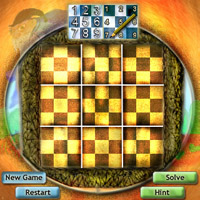I found myself at the London EasyHotel. Don’t book a room there if you’re claustrophobic 
The room has a nice Phillips FlatTV, but it has no visible buttons and no remote… If you want a remote it’s 5£ for 24 hours, yeah you read it right.
 Unwilling to shell out that money for 5 consecutive days and letting out the real me, I decided to give it a shot.
Unwilling to shell out that money for 5 consecutive days and letting out the real me, I decided to give it a shot.
We went over to one of these everything for 1£ shops and got ourselves a universal remote-control.
We got back to the room, gulag-cell is a better name, and tried out the remote. Use codes 027 or 003 to match the ‘IR Codes’ of EasyHotel’s Phillipsps FlatTV. This enabled us to turn on the TV and get to a nice channel that shows us the channel-selection and plays music-radio at the background.
 The TV has many inputs, Coaxial, AV, RGB, S-Video. We managed to jump between all of them but didn’t manage to move between channels
The TV has many inputs, Coaxial, AV, RGB, S-Video. We managed to jump between all of them but didn’t manage to move between channels 
It seems like Coax and AV broadcast the same channel-selection, the latter only doing it in Stereo instead of Mono.
We tried all of the ‘IR Code Sets’ that match Phillips but not one of them managed to switch the channels.
To me it still looks like the correct ‘IR Code’ will solve the problem, but I’m ready to hear from other people, as there’s no other place on the web I could find information on hacking this specific TV-Set.
It’s still nice though, the 1£ remote is worth having some background music as that’s about the only dynamic thing about the room (no window, ouch).
Comments ?




 The great guys at
The great guys at